According to this site there are 100 billion blackholes in our universe.
Information, virtual journeys, and simulations about black holes from the Space Telescope Science Institute.
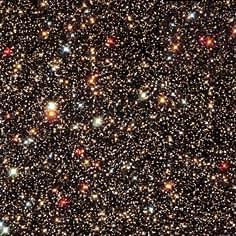
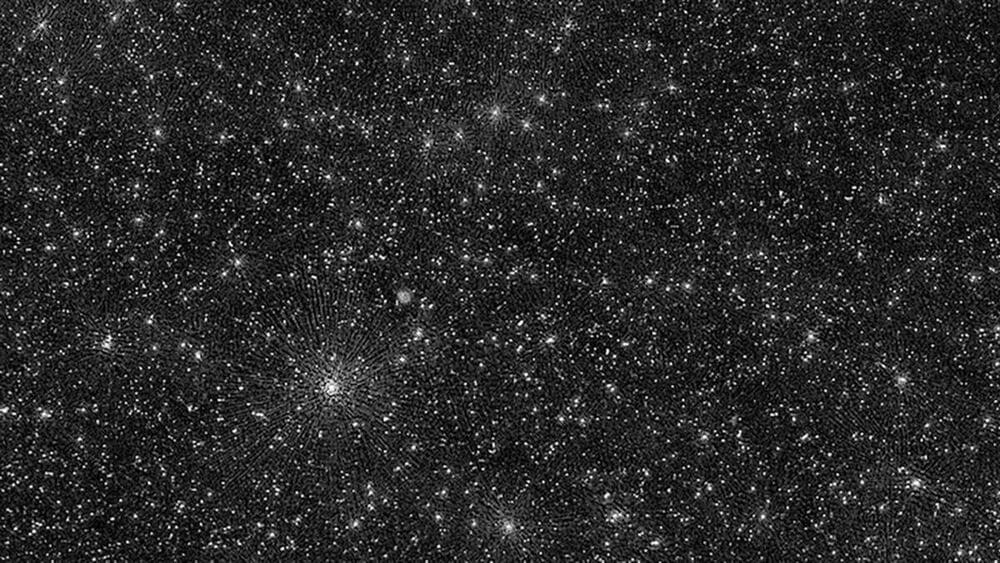
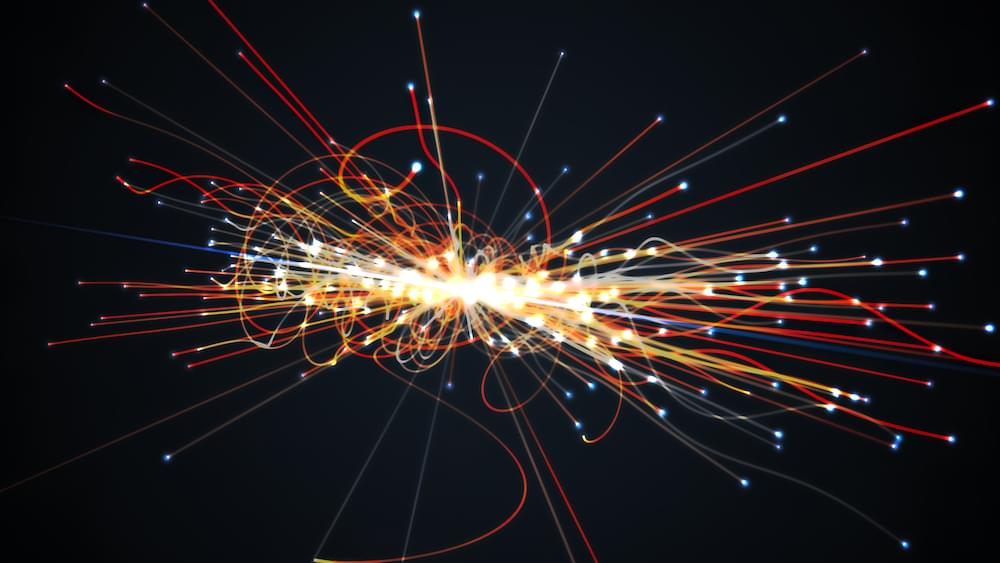
If the finding really is the result of new fundamental particles then it will finally be the breakthrough that physicists have been yearning for for decades.
When CERN’s gargantuan accelerator, the Large Hadron Collider (LHC), fired up ten years ago, hopes abounded that new particles would soon be discovered that could help us unravel physics’ deepest mysteries. Dark matter, microscopic black holes, and hidden dimensions were just some of the possibilities. But aside from the spectacular discovery of the Higgs boson, the project has failed to yield any clues as to what might lie beyond the standard model of particle physics, our current best theory of the micro-cosmos.
So our new paper from LHCb, one of the four giant LHC experiments, is likely to set physicists’ hearts beating just a little faster. After analyzing trillions of collisions produced over the last decade, we may be seeing evidence of something altogether new – potentially the carrier of a brand new force of nature.
But the excitement is tempered by extreme caution. The standard model has withstood every experimental test thrown at it since it was assembled in the 1970s, so to claim that we’re finally seeing something it can’t explain requires extraordinary evidence.
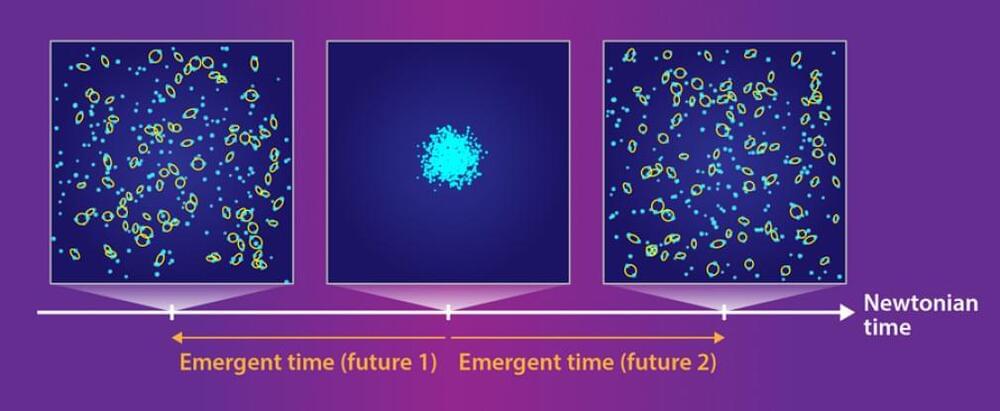
Learn More.
Hashem Al-Ghaili posted an episode of Today I Read.
Two parallel universes were produced by the big bang.
Physicists have performed an experiment that suggests time in our Universe may be directed by gravity, not thermodynamics, and that the Big Bang could have created two parallel universes — our own, in which time runs forwards, and a mirror one where time runs backwards.
Although the idea sounds pretty out there, the new hypothesis could help physicists solve some of their biggest issues with time — mainly the fact that they still can’t work out why it runs in only one direction.
In fact, this single “arrow of time” is one of the biggest conceptual problems of modern physics and has puzzled physicists for more than a century.
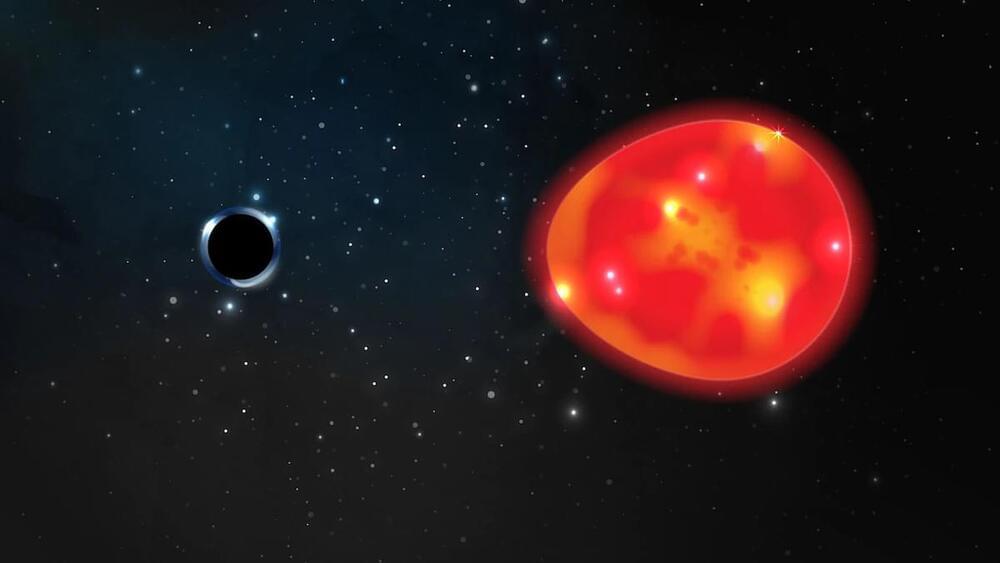
There may be realistic ways to create cosmic bridges predicted by general relativity.
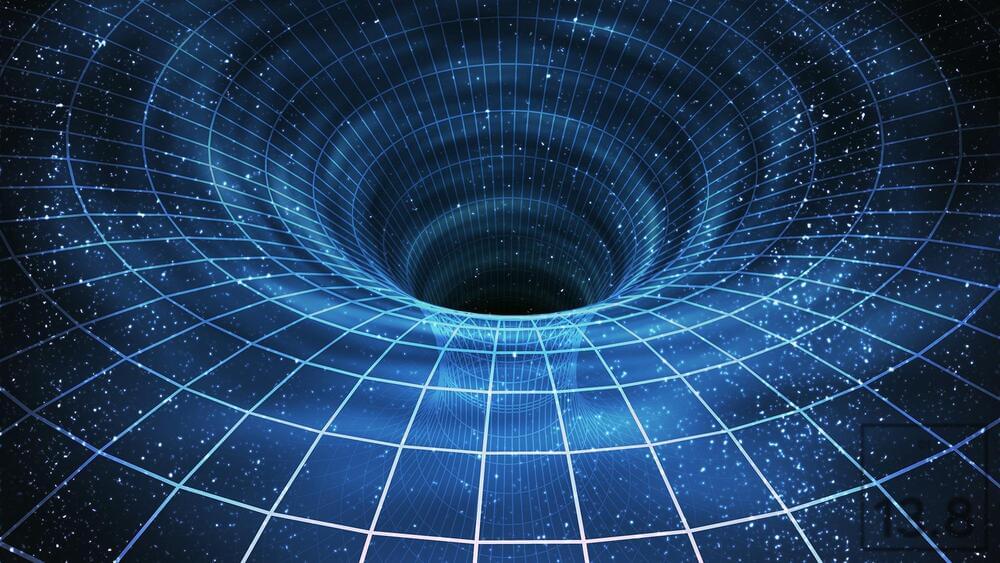
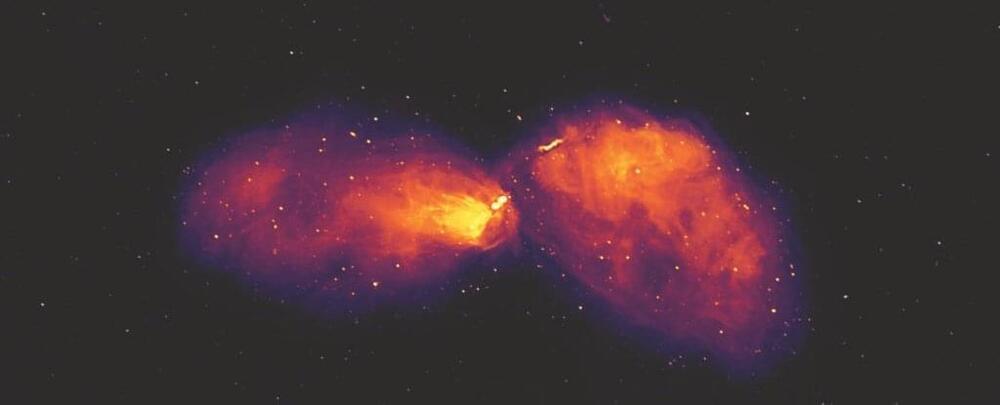
Astronomers have captured a breathtaking radio wave image, showing our closest radio active black hole spewing out massive jets of plasma that span more than 16 times the size of the full moon in our sky.
The supermassive black hole in question is located in the center of the galaxy Centaurus A around 12 million light-years away.
The black hole has a jaw-dropping mass of around 55 million Suns but isn’t visible in the image. It would be located within the small empty patch in the center of the two butterfly wing-like lobes.
The telescope will join the worldwide effort.
NASA’s James Webb Space Telescope (JWST) successfully launched on Saturday, and it will soon be ready to reveal parts of the universe that have never been seen before including a very large, but very broody, cosmic object at the center of the galaxy.
JWST will be joining in the ongoing, worldwide efforts to observe Sagittarius A*, the supermassive black hole at the center of the Milky Way. This elusive beast has been inferred from its gravitational effects, but imaging the black hole itself has proven elusive.
In April 2019, a group of more than 200 astronomers from all over the world unveiled the very first image of a black hole. Using the Event Horizon Telescope (EHT), an array of radio telescopes imaged the black hole at the center of the galaxy Messier 87 (M87). The EHT team compiled the image from eight telescopes on five continents working over an observing period of seven days.
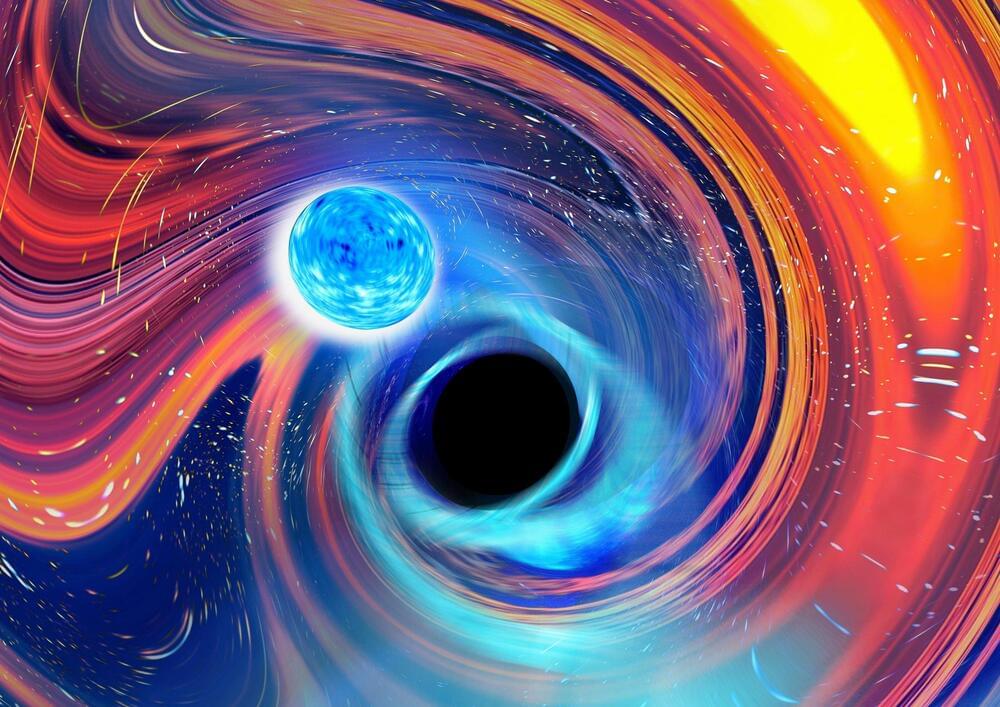
The largest catalog of gravitational wave events ever assembled has been released by an international collaboration that includes Penn State researchers. Gravitational waves are ripples in space time produced as aftershocks of huge astronomical events, such as the collision of two black holes. Using a global network of detectors, the research team identified 35 gravitational wave events, bringing the total number of observed events to 90 since detection efforts began in 2015.
The new gravitational wave events were observed between November 2019 and March 2020, using three international detectors: The two Advanced Laser Interferometer Gravitational-Wave Observatory (LIGO
The Laser Interferometer Gravitational-Wave Observatory (LIGO) is a large-scale physics experiment and observatory supported by the National Science Foundation and operated by Caltech and MIT. It’s designed to detect cosmic gravitational waves and to develop gravitational-wave observations as an astronomical tool. It’s multi-kilometer-scale gravitational wave detectors use laser interferometry to measure the minute ripples in space-time caused by passing gravitational waves. It consists of two widely separated interferometers within the United States—one in Hanford, Washington and the other in Livingston, Louisiana.